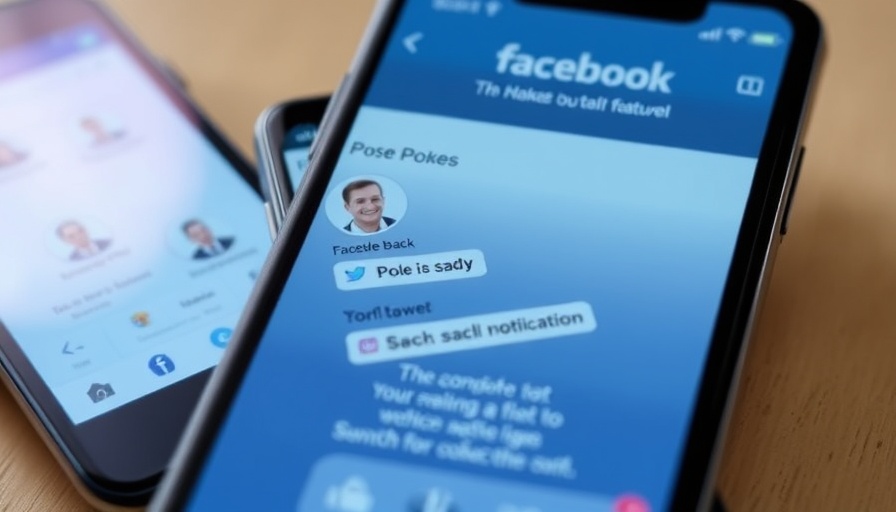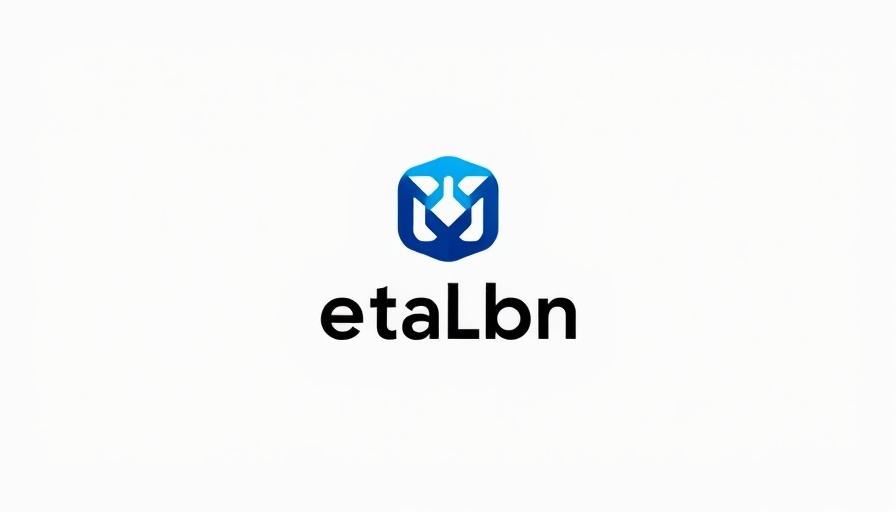
Transform Your Life with the Simple 2-Minute Rule
Are you feeling overwhelmed by tasks and clutter in your life? For 30 days, I embraced the infamous 2-minute rule, an approach that suggests if a task takes less than two minutes, do it right away. This seemingly simple principle transformed my chaotic existence into a more organized and productive one, proving that small changes can lead to monumental results.
The Surprising Productivity Boost
The first noticeable change was an immediate boost in my productivity. Tasks that would normally linger on my to-do list got completed as soon as they came to mind. I no longer faced the mountain of clutter that had previously overwhelmed me; instead, I enjoyed a clean workspace, devoid of distractions.
This approach not only cleared my physical surroundings but remarkably lightened my mental load. Each completed task, whether it was replying to a quick email or organizing a few papers, contributed to a sense of achievement. This transformational power of the 2-minute rule effectively turned me into a more efficient version of myself, helping me tackle obligations that used to loom over me.
The Ripple Effect: More than Just Clutter
As I continued this practice, I discovered the "ripple effect" of implementing the 2-minute rule. Over time, it influenced more significant areas of my life. For instance, I had long postponed exercising due to perceived time constraints. However, by committing just two minutes to simple stretches, I found myself motivated to work out for longer than initially planned.
This small shift in perspective reshaped my approach to larger tasks and projects. The principle encourages immediate action, creating a habit that extends beyond simple chores. It fostered a mindset willing to tackle not just one-off tasks but entire projects, leading to continuous progress.
Creating Order in Chaos
The experience has emphasized the value of order amid chaos. For business owners, implementing the 2-minute rule could streamline operations, leading to increased productivity and a more focused workforce. In an environment where we juggle multiple responsibilities, maintaining clarity can significantly enhance decision-making and overall business growth.
Embracing Small Wins
Each small task completed builds confidence and momentum. Self-improvement and business growth share a commonality: both rely on a series of manageable objectives stacking up over time. Understanding this can help you enjoy smaller victories that lead to larger successes.
Future Insights: Is It Sustainable?
As I reflect on this month-long commitment, I ponder sustainability. Implementing the 2-minute rule is not just a temporary phase; it’s a profound lifestyle shift. Future potential exists in integrating this practice with other productivity techniques, creating a blended strategy that promotes growth in all aspects of life.
Tools and Techniques for Implementation
To successfully adopt this rule, consider integrating productivity tools such as to-do list applications or time-tracking software. Often, the mere act of tracking tasks can make you more aware of how you spend your time. On a smaller scale, setting up reminders on your phone can help instill this practice into your daily routine.
Conclusion: A Call to Action
As you navigate the complexities of business and life, I encourage you to explore the effects of the 2-minute rule. It’s a straightforward yet profound commitment that can eradicate clutter, enhance productivity, and foster a proactive mindset. Step into your day with this rule, and observe how even the smallest of tasks contribute to your overall success.
 Add Row
Add Row  Add
Add 




Write A Comment